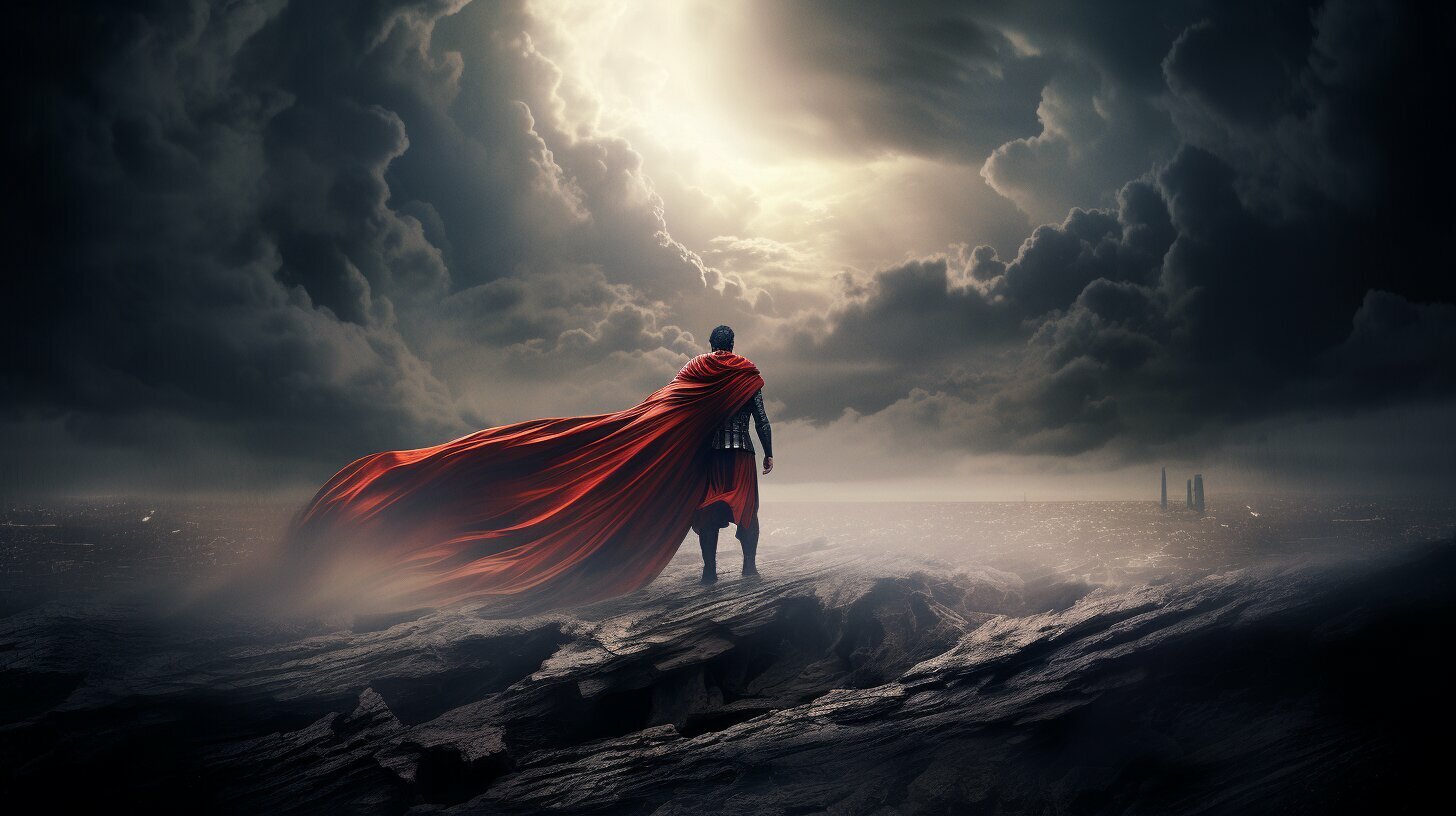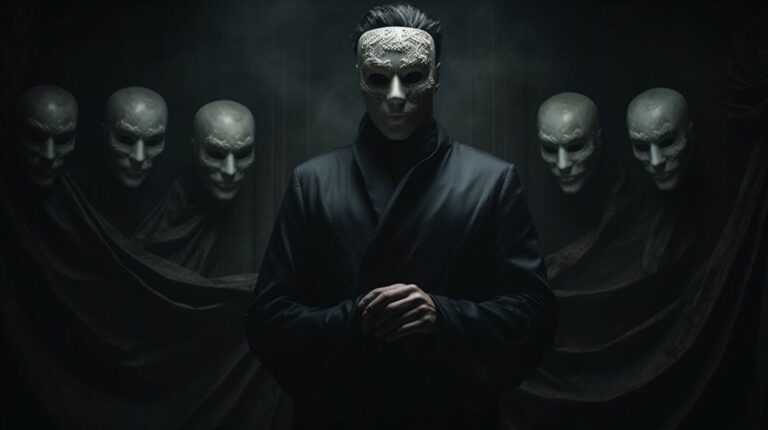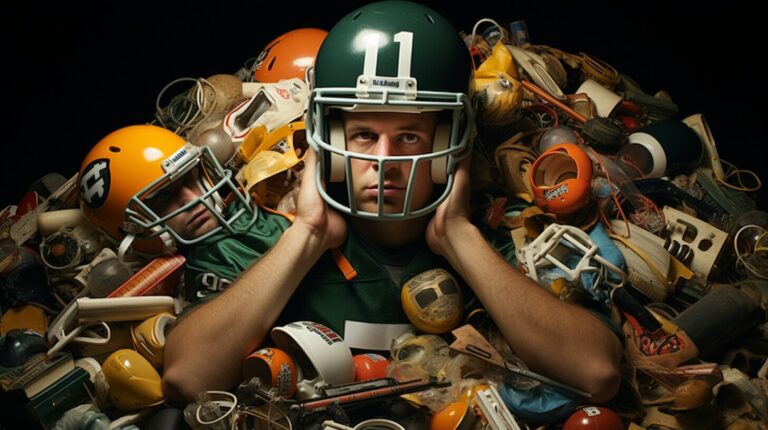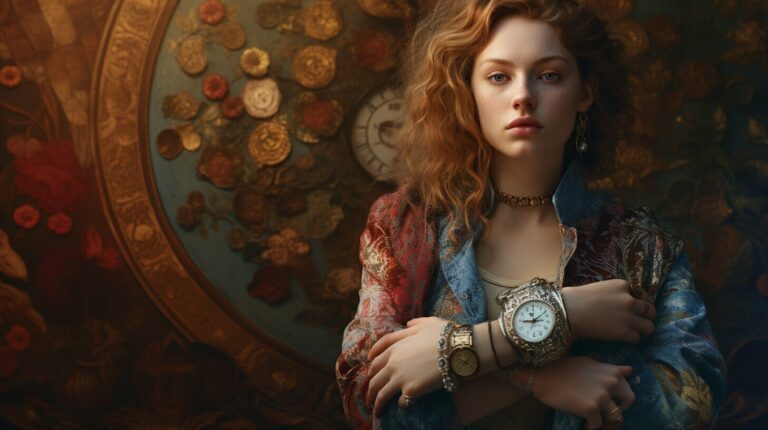Unmasking the Mystery: Why Do Superheroes Wear Capes?
Superheroes have captured our imaginations for decades, but have you ever wondered why these mighty protectors of justice often sport capes? It’s time to delve into the intriguing world of caped superheroes and uncover the secrets behind their cape choices.
Key Takeaways:
- Superheroes wear capes for both aesthetic and practical reasons.
- Capes enhance the visual appeal of characters and can represent various powers or origins.
- Capes provide advantages such as flying, gliding, protection, camouflage, and acting as a weapon.
- The tradition of superheroes wearing capes dates back to 19th-century literature, where caped characters defended people from tyranny.
- Not all superheroes wear capes, as their practicality may vary depending on their abilities and costume design.
Aesthetic Appeal and Symbolism of Superhero Capes
Superhero capes have long been regarded as a significant element in their costumes, contributing to their iconic and recognizable status. These flowing garments not only add a touch of elegance and drama to a superhero’s appearance but also hold a deeper symbolic meaning that resonates with both the characters and their audiences.
From a visual standpoint, capes create a striking visual silhouette, making superheroes appear larger than life. The billowing fabric catches the eye and adds a sense of movement, enhancing the dynamic nature of their actions. Whether it’s Superman soaring through the sky or Batman swooping down from the rooftops, the cape adds an extra layer of visual excitement to their heroic exploits.
The Power of Symbolism
Beyond their aesthetic appeal, superhero capes carry symbolic significance. Throughout literature and folklore, capes have often been associated with nobility, power, and heroism. In medieval tales, knights would don capes to signify their noble lineage and honor. Similarly, superheroes don their capes as a representation of their exceptional abilities and their commitment to protecting and serving others.
“A cape is a statement of grandeur, an embodiment of courage and strength. It symbolizes the hero’s duty to fight for justice and inspire hope.”
The cape also acts as a visual signifier, conveying important aspects of a character’s persona. For example, a flowing red cape is synonymous with Superman, instantly recognizable as a symbol of truth and justice. In contrast, the dark, bat-like cape worn by Batman reflects his mysterious and brooding nature. The cape becomes an extension of the hero’s identity, enhancing their storytelling and creating a memorable iconography.
While not all superheroes wear capes, those that do utilize them to complement their superhuman abilities. In some cases, capes provide practical advantages, such as aiding in flying or gliding through the air. They can also serve as a protective shield, offering resistance against attacks. Additionally, capes can be used as camouflage, allowing heroes to blend into shadows or disguise their true identity.
| Cape Function | Description |
|---|---|
| Flying and Gliding | The cape acts as a sail, catching wind currents and enabling superheroes to soar through the sky or glide effortlessly. |
| Protection | Thick, reinforced capes can act as a shield against projectiles, providing an extra layer of defense. |
| Camouflage | Capes with a dark, draping design allow heroes to blend into their surroundings, making it easier to move undetected. |
| Weaponry | In the hands of a skilled superhero, a cape can be utilized as a tool for restraining or disarming opponents. |
In conclusion, the aesthetic charm and symbolic value of superhero capes make them an integral part of their costumes. These iconic garments not only enhance the visual impact but also serve as a representation of heroism, power, and the duty to protect. While the practical advantages of capes may vary, their historical significance and cultural meaning continue to make them a staple in the realm of superheroes.
Practical Advantages of Capes in Superhero Attire
Beyond their aesthetic value, capes serve a range of practical functions that can greatly assist superheroes in their crime-fighting endeavors. Let’s explore some of these advantages:
- The cape as a flying device: While not all superheroes have the ability to fly, for those who do, capes can act as a tool for propulsion. By catching the wind or utilizing technology built into the fabric, capes can provide superheroes with the ability to soar through the sky, giving them an advantage in accessing hard-to-reach places or swiftly moving between locations.
- Cape as a gliding mechanism: Even for superheroes without the power of flight, a cape can allow for controlled gliding. By strategically positioning their body and manipulating the cape, heroes like Batman can glide across cityscapes, using the cape as a makeshift wing or parachute. This capability enables them to navigate urban environments with agility and surprise their opponents from unexpected angles.
- Protection and camouflage: Capes can offer a level of protection, shielding superheroes from physical harm or protecting their identities by obscuring their features during combat. Made from durable materials, capes can serve as a barrier against bullets, blades, and other weapons. Furthermore, certain capes are designed with special properties, such as advanced technology to repel energy-based attacks or mystical enchantments that provide magical protection.
- Weapon and distraction: In the hands of a skilled superhero, a cape can be weaponized to incapacitate or disarm foes. By swiftly twirling or snapping their cape, heroes can create a distraction, temporarily blinding or disorienting their adversaries. Additionally, capes can be used to ensnare opponents or as improvised weapons, adding an element of surprise to combat situations.
“The cape is more than just an accessory; it is an essential tool in a superhero’s arsenal, enhancing their abilities and aiding them in their quest for justice.”
Unleashing the Psychological Impact
(if relevant)
Aside from their practical functions, capes hold a psychological impact on both superheroes and the communities they protect. The flowing fabric and dramatic presence of a cape add a touch of theatricality to a hero’s appearance, instilling a sense of awe and inspiration in those who witness their feats. The sight of a cape billowing in the wind can evoke a sense of fear in criminals, warning them of the impending justice about to be served.
Capes also have the power to make superheroes appear larger and more imposing, enhancing their presence and asserting their authority. By donning a cape, heroes can exude an air of confidence and dominance, commanding attention and respect from both allies and enemies alike.
The Varied Existence of Capes in Superhero Lore
While capes serve multiple purposes in the realm of superheroes, it’s important to note that not all heroes choose to don this iconic garment. The decision to include a cape in a superhero’s attire depends on various factors, such as their individual powers, costume design, and personal preferences. Some superheroes may favor a streamlined appearance that allows for unrestricted movement, while others embrace the symbolism and tradition that capes embody.
In summary, capes in superhero attire are not just flashy fashion statements; they hold a practical significance that assists heroes in their crime-fighting endeavors. Whether enabling flight, providing protection, acting as a distraction, or presenting a powerful visual symbol, capes continue to be a staple of superhero culture, embodying heroism, power, and a touch of mystery.
| Advantages of Capes in Superhero Attire |
|---|
| Flying capability |
| Gliding mechanism |
| Protection and camouflage |
| Weapon and distraction |
Historical Origins of Superhero Capes
The tradition of superheroes wearing capes can be traced back to centuries-old tales of valiant characters who defended the weak and oppressed. In the 19th century, French and Spanish literature introduced masked and caped characters like the Three Musketeers and Zorro, who fought against tyranny and injustice. These early heroes set the stage for the cape’s emergence as a symbol of nobility and wealth in literature.
Superhero comics adopted this tradition, using capes to represent various elements of a character’s identity. Capes can signify extraterrestrial origins, shield-like protection, or even magical powers. They can also act as distractions in combat or a means to hide a character’s true identity.
Furthermore, capes add a touch of theatricality to a superhero’s appearance, making them appear larger and stronger. The flowing fabric creates a sense of dynamism and movement, enhancing the visual appeal of the character and their actions. However, it’s important to note that not all superheroes wear capes, as their practicality can vary based on the character’s abilities and costume design.
Mythical Origins of Superhero Capes
Beyond their literary and historical origins, capes in superhero culture often draw inspiration from mythical tales and folklore. Stories of gods and demi-gods, such as Hercules and Thor, frequently depict these powerful figures donning capes as a symbol of their otherworldly status.
It is within these timeless tales that we find the true mystique of superhero capes. They serve as a visual signifier, instantly recognizable and evoking a sense of awe and admiration. The juxtaposition of ordinary human characteristics with extraordinary abilities is heightened by the presence of a cape, symbolizing the bridge between the mortal and the divine.
In conclusion, the prevalence of capes in superhero lore can be attributed to their historical significance, visual appeal, and symbolic representation of heroism and power. While they may serve practical purposes for some characters, their broader role lies in the cultural and mythical origins that have shaped our understanding of the superhero archetype. So the next time you see a superhero soaring through the sky with their cape billowing behind them, remember the rich history and symbolism woven into that seemingly simple piece of fabric.
| Superhero Cape Symbolism | Historical Origins | Practical Benefits |
|---|---|---|
| Represent extraterrestrial origins | 19th-century literature | Flying and gliding abilities |
| Shield-like protection | Symbol of nobility and wealth | Camouflage and distraction in combat |
| Magical powers | Symbolic representation of heroism | Act as a weapon |
| Visual allure |
The Varied Existence of Capes in Superhero Lore
While capes have become synonymous with superheroes, it’s worth noting that not all heroes opt for this iconic garment. The presence or absence of a cape can reveal a lot about a character and their abilities. Let’s explore the varied existence of capes in the vast realm of superhero stories.
Some superheroes rely on capes as a visual signifier of their heroic identity. Take Superman, for example. His iconic red cape, adorned with the emblem of the House of El, flows dramatically behind him as he soars through the sky. The cape adds a sense of flair and grandeur to his appearance, emphasizing his status as a symbol of hope and justice.
On the other hand, there are those who eschew capes altogether. Characters like Batman prefer a more streamlined look, prioritizing practicality over theatrics. Without a cape to hinder his movements, Batman can navigate Gotham City’s rooftops with ease, blending into the shadows and striking fear into the hearts of criminals.
Indeed, the decision to include or exclude a cape in a superhero’s costume often depends on their unique powers and abilities. Capes can enhance certain skills, like the ability to fly or glide gracefully through the air. They can also provide protection, camouflage, and even act as a weapon in combat. However, capes may not be suitable for every hero. Characters with super speed, for example, may find capes cumbersome and prone to getting tangled in their path.
| Superhero | Cape |
|---|---|
| Superman | Yes |
| Batman | No |
| Spider-Man | No |
| Wonder Woman | Yes |
In conclusion, capes in superhero lore have a rich and varied existence. They can add visual appeal, represent certain powers or origins, and contribute to a character’s overall presence. While some heroes embrace the cape as an essential part of their costume, others choose to forgo it in favor of practicality or a different aesthetic. Whether a cape is present or not, the superhero remains a symbol of hope, strength, and the triumph of good over evil.
Unveiling the Mystique of Superhero Capes
In the world of superheroes, capes continue to captivate our imagination, serving as potent symbols of bravery, power, and the unwavering fight for justice. These flowing garments not only enhance the visual appeal of superhero costumes but also carry a rich history and symbolism that adds depth to their characters.
Superheroes wear capes for both practical and aesthetic reasons. From the ability to fly and glide through cityscapes to providing an extra layer of protection in battle, capes offer a range of advantageous features. They can act as camouflage, shield-like protection, and even a weapon when wielded skillfully. The tradition of superheroes donning capes can be traced back to the 19th century, with characters like the Three Musketeers and Zorro, who fought against tyranny while wearing their signature capes.
In literature, capes have long been associated with nobility and wealth, and this symbolism has seamlessly transitioned into the realm of superhero comics. Capes represent extraterrestrial origins, magical powers, and the ability to hide a character’s identity. They add an element of theatricality to a superhero’s appearance, making them appear larger and stronger. However, it’s important to note that not all superheroes wear capes, as their practicality may vary depending on the character’s abilities and costume design.
Despite the varying opinions on their practicality, capes have remained a prominent feature of superhero costumes. Their historical significance, visual appeal, and symbolic representation of heroism and power continue to make them an enduring aspect of superhero lore. So the next time you see a superhero soaring through the sky, their cape billowing behind them, take a moment to appreciate the mystique and meaning behind this iconic accessory.
FAQ
Why do superheroes wear capes?
Superheroes wear capes for both aesthetic and practical reasons. Capes enhance the visual appeal of characters and provide advantages such as flying, gliding, protection, camouflage, and acting as a weapon.
Where does the tradition of superheroes wearing capes come from?
The tradition of superheroes wearing capes dates back to the 19th century in French and Spanish literature, where masked and caped characters like the Three Musketeers and Zorro defended people from tyranny.
What do capes symbolize in literature and superhero comics?
Capes have long symbolized nobility and wealth in literature. In superhero comics, capes can represent extraterrestrial origins, shield-like protection, distractions in combat, magical powers, or the ability to hide a character.
Why do some superheroes not wear capes?
Not all superheroes wear capes, as their practicality may vary depending on the character’s abilities and costume design.
Why have capes remained a prominent feature of superhero costumes?
Capes have remained a prominent feature of superhero costumes because of their historical significance, visual appeal, and symbolic representation of heroism and power.






